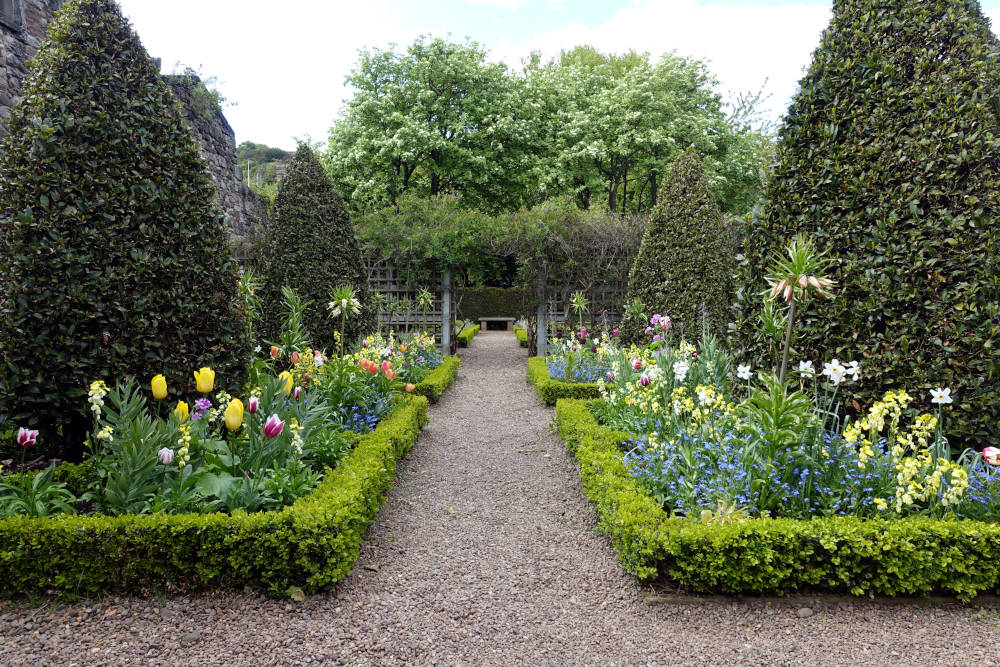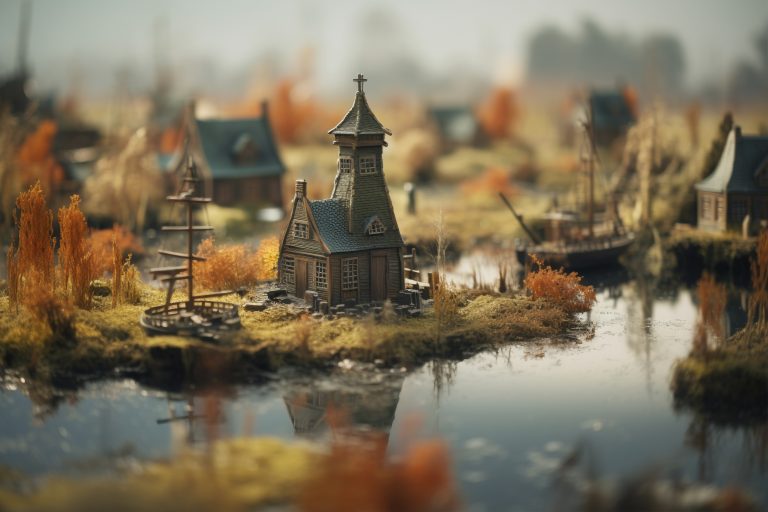Nestled in the heart of Edinburgh’s Old Town, Dunbar Close Garden is a hidden gem that offers a peaceful escape from the bustling city streets. This enchanting garden, designed in the style of the 17th century, provides a glimpse into the past while offering a tranquil setting for modern visitors. Despite its central location, Dunbar Close Garden remains relatively unknown to many, making it a perfect spot for those looking to explore off the beaten path. In this article, we will uncover 10 hidden secrets of Dunbar Close Garden that you need to discover.
Historical Origins of Dunbar Close Garden
Dunbar Close Gardens history dates back to the 17th century when it was part of the estate of the influential Dunbar family. The garden was meticulously designed to reflect the horticultural styles of the period, featuring geometric layouts, herbaceous borders, and an array of medicinal plants. Understanding the historical context of the garden adds depth to your visit, allowing you to appreciate its authenticity and preservation efforts.
The Entrance to Dunbar Close Garden That Hides in Plain Sight
One of the intriguing aspects of Dunbar Close Garden is its discreet entrance. Located off the Royal Mile, the entrance is easy to miss, marked only by a small plaque. This unassuming gateway leads visitors into a different world, away from the noise and crowds of the city. Finding and entering this hidden garden feels like uncovering a secret known only to a few.
Dunbar Close Garden’s Layout and Design
Dunbar Close Garden is designed in a formal style, characteristic of the 17th century. The garden is divided into several sections, each with its own unique charm. The geometric patterns, topiary, and carefully manicured hedges are reminiscent of the period’s gardening techniques. Exploring the layout reveals the thought and care that went into creating a space that is both aesthetically pleasing and functional.
The Herb Garden of Dunbar Close
One of the garden’s highlights is the herb garden, which features a variety of medicinal and culinary herbs. In the 17th century, such gardens were essential for households, providing ingredients for remedies and cooking. Today, the herb garden at Dunbar Close offers a sensory experience, with the fragrant scents of rosemary, thyme, and lavender filling the air. Learning about the uses of these herbs in historical contexts enhances the visit.
The Secret Seating Areas
Throughout Dunbar Close Garden, there are several secluded seating areas, perfect for quiet contemplation or a restful break. These benches and nooks are strategically placed to offer stunning views of the garden’s features while providing privacy. Discovering these hidden spots can feel like finding your own personal retreat within the city.
Seasonal Blooms and Changes
Dunbar Close Garden is a living, breathing space that changes with the seasons. Each visit can offer a different experience, from the vibrant blooms of spring to the rich colours of autumn. The garden’s design ensures that there is always something to see, regardless of the time of year. Paying attention to these seasonal changes can deepen your appreciation for the garden’s beauty and resilience.
The Wildlife Haven
Despite its urban location, Dunbar Close Garden is a haven for wildlife. Birds, butterflies, and bees are frequent visitors, attracted by the diverse plant life. The garden’s tranquil environment provides a safe space for these creatures, contributing to the city’s biodiversity. Observing the wildlife adds another layer of interest to your visit, highlighting the garden’s role in supporting local ecosystems.
The Educational Aspect
Dunbar Close Garden is not only a place of beauty but also an educational resource. Informative plaques and guided tours provide insights into the garden’s history, design, and plant species. These educational elements make the garden a valuable learning experience for visitors of all ages, deepening their understanding of 17th-century horticulture and the garden’s contemporary relevance.
Community Involvement
The maintenance and preservation of Dunbar Close Garden involve significant community involvement. Local volunteers and organisations play a crucial role in keeping the garden pristine and welcoming. This community effort ensures that the garden remains a beloved and accessible space for everyone. Learning about these contributions can inspire a sense of connection and appreciation for the garden’s caretakers.
Hidden Artefacts
As you explore Dunbar Close Garden, keep an eye out for hidden artefacts that tell stories of the past. From old stone markers to remnants of historical structures, these artefacts add a layer of mystery and intrigue to the garden. Discovering these pieces of history can make your visit feel like a treasure hunt, connecting you to the garden’s rich heritage.
Conclusion
Dunbar Close Garden is a testament to the enduring appeal of historical gardens and their relevance in modern urban environments. Its hidden secrets, from its historical origins to its seasonal blooms and secluded seating areas, make it a unique and enriching destination. Whether you are a history enthusiast, a nature lover, or simply seeking a peaceful retreat, Dunbar Close Garden offers something special. By uncovering its secrets, you not only enhance your visit but also contribute to the appreciation and preservation of this remarkable space.
FAQs
1. Where is Dunbar Close Garden located?
Dunbar Close Garden is located off the Royal Mile in Edinburgh’s Old Town. The entrance is discreet and easy to miss, marked by a small plaque.
2. Is there an entrance fee?
No, entry to the garden is free and open to the public. It’s a great place to visit for a peaceful escape without any cost.
3. What are the best times to visit?
The garden is beautiful year-round, with different features shining in each season. Spring and summer offer vibrant blooms, while autumn provides rich foliage colours. It’s worth visiting multiple times to see these seasonal changes.
4. Are guided tours available?
Yes, guided tours are available and provide valuable insights into the garden’s history, design, and plant species. Check with local tourist information for tour schedules.
5. Can I bring food and have a picnic?
While the garden is a great place for a peaceful break, it is recommended to check current guidelines regarding food and picnics to ensure the garden remains pristine and enjoyable for all visitors.
Also read: England South Coast Map: 10 Must-Visit Destinations




Leave a Comment